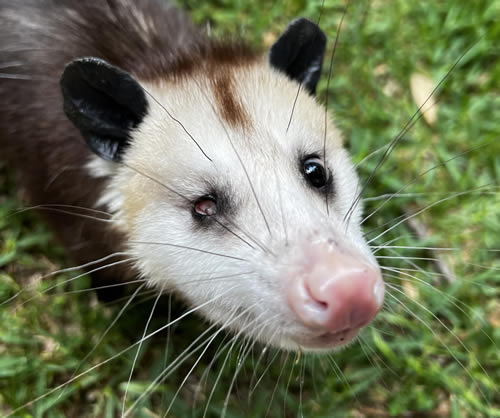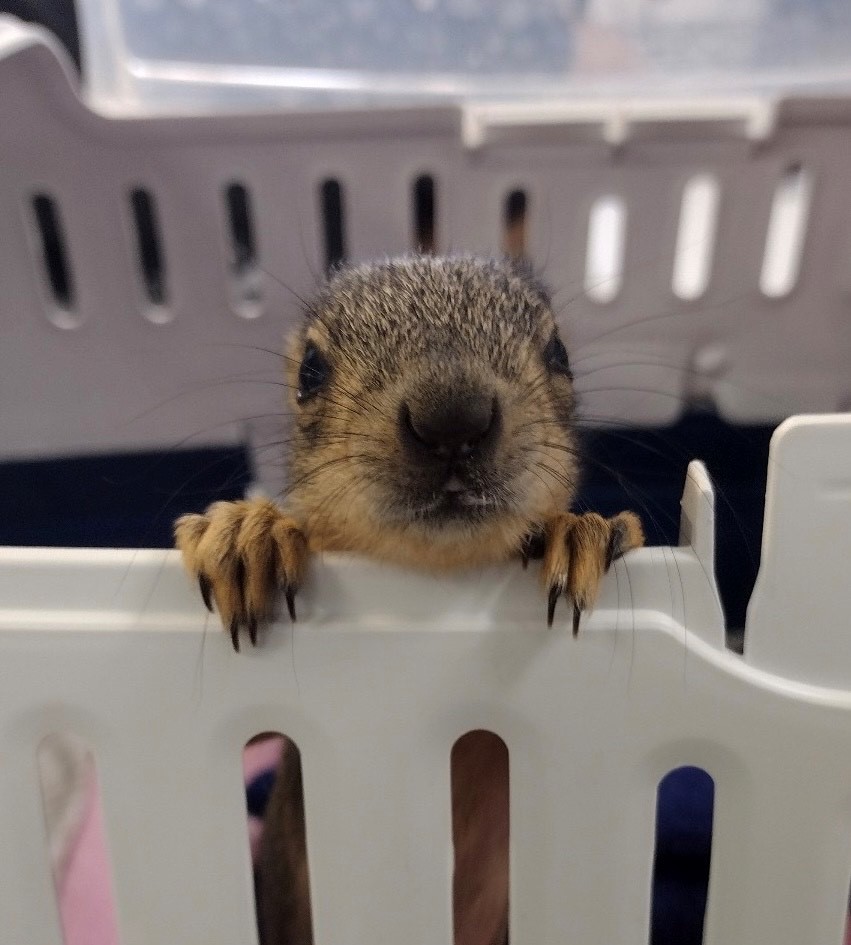By Deb Near, ACP Supervisor
Have you ever spotted a critter that seemed out of place, somewhere it’s not normally found? If so, more than likely it was a bird. But why birds? Birds are much more mobile than other animals, with many of them being migratory. So, it’s no surprise that they might easily find themselves out of their normal ranges.
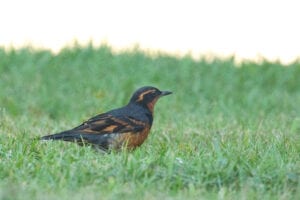
A local example is the varied thrush (Ixoreus naevius). It is a brightly colored bird, easily mistaken for a robin, that has recently been sighted in Surfside Beach, Texas. This is quite unusual, as its normal range is typically along the West Coast (from Alaska down to northern California). Surprisingly, it has also been spotted as far east as the Atlantic Coast in wintertime. Because of this, it has been dubbed the “winter wanderer”. Another volunteer of the thrush family, the mountain bluebird (Sialia currucoides), has also been spotted in the Houston area, even though its range normally extends along the western United States from Alaska to central Mexico. They are not usually seen as far east as Houston, yet here they are.
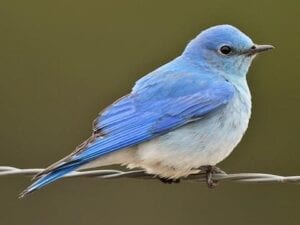
On November 30th of this year, a group of common redpolls (Acanthis flammea) was reportedly sighted at Smith Point Hawk Watch near Houston. This is practically unheard of, given that their normal range extends from the northern United States into Canada, reaching way up into the Arctic Circle! They have been known to occasionally venture into north Texas, but again, that is a rare occurrence.
What could be causing these seeming displacements? In the case of the varied thrush, the destruction of the northwest forests they call home could be prompting them to go in search of new territory. Another cause could be “irruptive migration”, which happens when volunteers of a species that normally migrate only a short distance, will travel much farther outside their typical range. This is almost always in response to a lack of adequate food supply, rather than an extreme change in temperature. These irregular migrations tend to happen in cycles, usually every 2 to 3 years.
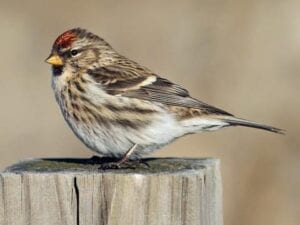
Overshooting, reverse migration, and drift migration may also explain these wanderers. It’s not uncommon for some to ‘overshoot’ (pass up) their destination on their way back to their breeding grounds. ‘Reverse migration’ happens on a genetic level, when a bird’s internal compass gets confused and points them in the wrong direction. And drift migration happens when groups get caught up in strong weather fronts and get carried far out of their usual path.
A different sort of case is that of the crested caracara (Caracara cheriway), a raptor with a distinctive black crown and orange face. This non-migratory bird used to only be found ranging from Mexico south into the northern regions of South America. Now, there are populations that have settled along the Gulf Coast in Florida, Arizona, and Texas. You can even find them right here in Harris County! People have been surprised to find them as far north as Hunt County and Mt. Pleasant. This may be an example of climate change encouraging species to expand into new regions that have become suited to their adaptations.

Strangely enough, individual caracaras have even been sighted as far out of their range as Michigan, Canada, and Vermont! These are not entire populations, but individuals that seem to have lost their way. They are known as vagrants.
Another example of vagrancy is the lone great black hawk (Buteogallus urubitinga) that was found on South Padre Island in 2018. This species is a resident of Central and South America, and that particular sighting may have been the first official record of its presence in the United States. Even more amazing, what is thought to be the exact same individual was spotted in Maine a few months later. WOW!
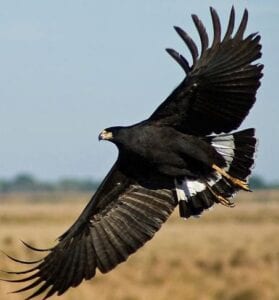
It is not known precisely why lone individuals end up hundreds, sometimes thousands, of miles away from home. The caracara and the great black hawk are both year-round residents of their respective territories and are not known to wander. Their internal navigation system may have been knocked out of whack, or perhaps they were caught up in strong winds that blew them off course.
Whatever the reason may be, it is always exciting to find birds in odd places.

